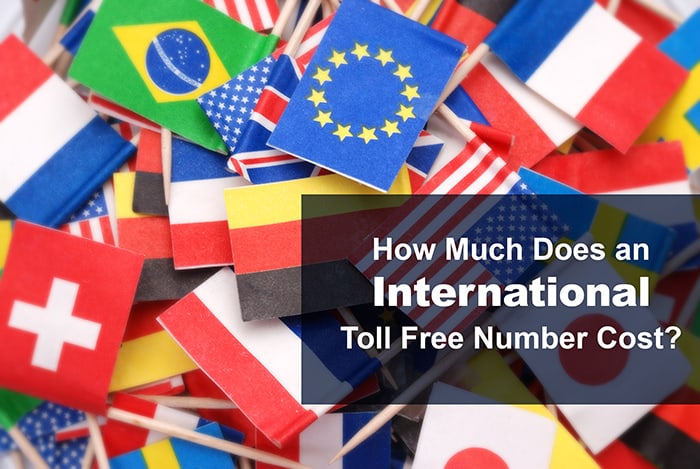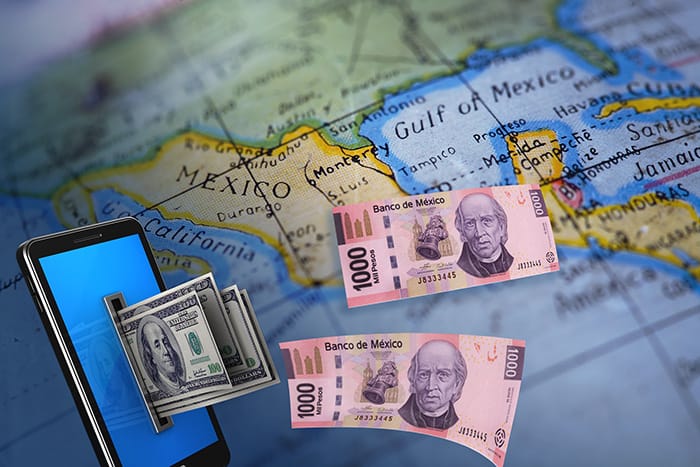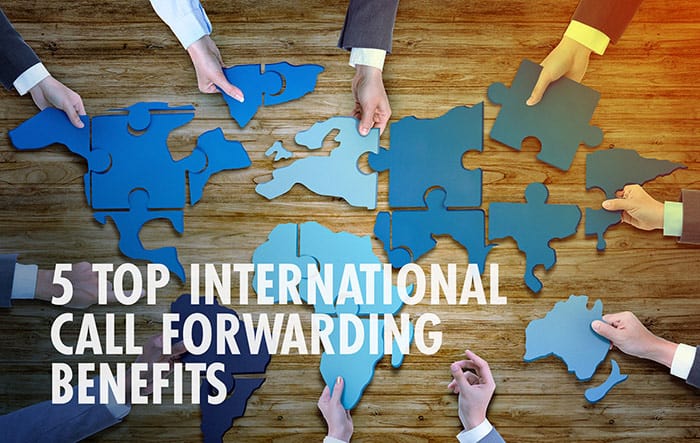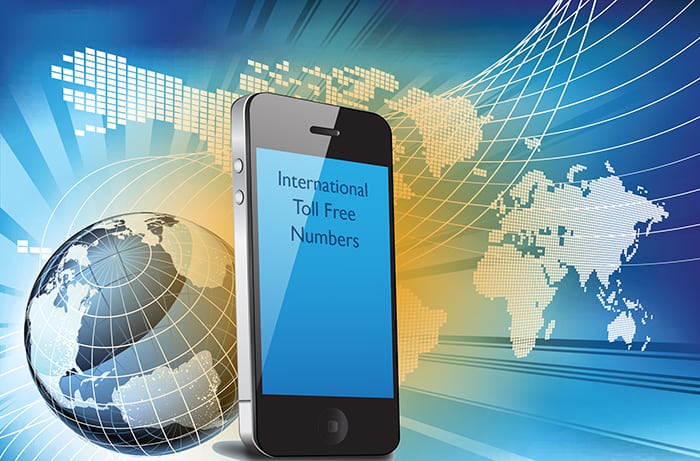What can your business do to attract post-pandemic customers and increase customer retention? From call forwarding to securing your online transactions, here we look at the different steps you can take to bring customers back to achieve your global expansion goals.
Global Expansion in the Post-COVID-19 World
COVID-19 has placed a pause on growth in 2020; both locally and internationally. Businesses around the world have had to make changes and adjustments to survive, and quite a few haven’t. So, what do global expansion best practices look like in the post-COVID-19 world and what can businesses do to make it through?
1. Americans Believe the Pandemic Won’t Affect the Country’s Global Standing
As the United States continues to open businesses by adopting social distancing measures, Americans believe that this obstacle won’t hamper the country’s international reach and standing. Focus for businesses recovering can include:
- Support for small businesses
- A quick switch to remote working and online shopping
- Community-led projects designed to boost local businesses while maintaining safety protocols
- Advertising campaigns focused on supporting local businesses
2. International Travel Will Recover
While most countries locked down borders and stopped flights, experts predict that tourism and international travel will pick up once the pandemic is over. Tourism, international travel, and international trade are necessary for global expansion. And although almost every country has enforced travel restrictions, experts predict that an international travel boom should be expected when the pandemic weakens and vaccines are made available.
How to Expand Your Business During a Pandemic?
So, in order to prepare for a post-pandemic world, what can your business do to get more global customers in a post-pandemic world? Here are some tips:
1. Global Communication Tools
Invest in global communication tools to expand your customer base. If your business was focused on in-person meetings, then switching to other communication channels should be the first priority. Use voice and video conferencing, live chat, email, and instant messaging as convenient ways to converse with customers.
Video conferencing, specifically, is growing more and more popular as users can communicate in real-time, first-hand, and have visual interaction. Tools like live chat, email, and instant messaging are also preferable as not all customers are able to have phone conversations. However, as a business, being active on these channels and responding promptly is a must.
By adopting new communication tools, you can appeal to local and international customers. Create new relationships and maintain old ones. Right now, customer service is the most important it has ever been. Closed stores, slow shipping times, etc., have customers on edge. But being able to reach your business and get real answers can help post-pandemic customers stay loyal to your business.
Furthermore, you can use international call forwarding to have incoming calls from different locations and countries routed to your main office or remote workers. This is a good way to maintain communication with international customers without the hassle of international calling charges.
2. Secure Supply Lines
Businesses in the import/export industry or those that import/export products need to stay on top of their supply lines. This means securing your products as well as clarifying logistics to ship locally and globally. If port lines are closed for target countries, then consider switching to air freight, or other similar measures that can transport your shipments.
3. Offer Safety and Security
Finally, in these uncertain times, safety and security are of paramount importance. Many businesses have switched to online-only business operations while some stores remain open. And so, it becomes your responsibility to maintain safety within your store and among your employees as well as in your online transactions. In other words:
- Implement COVID-19 safety protocols in-store
- Execute online security and privacy measures for e-commerce
Your customers should feel safe whether they are visiting your business in person or making an online purchase. Send letters via email or outline your safety measures on your website so that they know exactly what you are doing for your business and for them.
Adapting to a Post-COVID-19 World
COVID-19 has brought the whole world to a standstill. However, instead of dwelling on what we are losing, it helps businesses to look at the future and what they can do to win their customers back. Here’s to looking at the future and hoping for the best!











